If you thought becoming an emergency medical responder was as easy as walking into McDonald's and ordering a Big Mac, supersized, with all the accouterments, think again!
For starters, stop eating McDonald's: you’ve got a physique to maintain now that lives will depend on your fitness, stamina, and ability to think clearly (without sugar fog).
Now, as far as EMT school is concerned, you’ll need to:
- Learn volumes about the human body and how to recognize signs of potentially life-threatening illnesses and trauma;
- Learn a suite of emergency care procedures and skills, which you’ll need to perfect to the point of muscle memory; and
- Score a minimum of 70% on a final NREMT* certification exam, which consists of a written (cognitive) and practice skills (psychomotor) test.
* National Registry of Emergency Medical Technicians ®
So it’s a good thing you discovered Brainscape’s guide on what to expect from EMT school, because it’s our goal to give you the tips, tricks, and resources you need to do exceptionally well, covering:
- What are the basic requirements for EMT school?
- What is EMT school like?
- What are some tips for doing well in EMT school?
What Are The Basic Requirements For EMT School (USA)?
- You must be 18 years of age or older.
- You should have completed a state-approved EMT training program.
- You must possess a valid CPR certificate.
- You may be required to pass the NREMT examination.
- US citizenship is usually required.
- You must be in good health.
- You must be fluent in English.
- You must have no criminal record.
- You must be up to date on immunizations.
What Is EMT School Like?
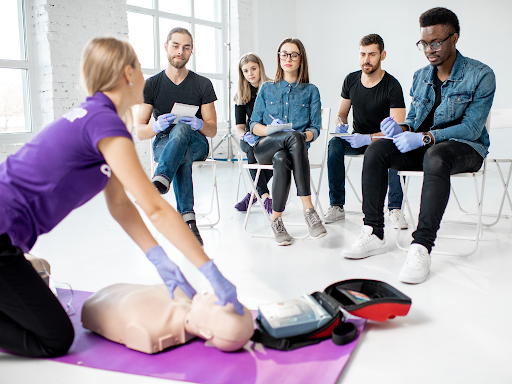
The class experience varies depending on which course you sign up for. Some EMT schools offer full-time training during regular weekday hours; some offer online classes; and others are held in the evenings and on weekends so that students can hold down a regular job or tend to family obligations. (For example, 3.5-hour classes on a weekday evening and 8-hour classes on Saturdays.)
As for what to expect from the class experience, EMT schools typically structure their classes to include a lecture portion, during which the instructor will cover the important content you need to know, followed by skills practice. The latter is typically done by getting into groups and practicing the medical emergency scenarios you might encounter out in the field.
After “role-playing” the scenario, the instructor will likely spend some time answering questions, giving feedback and advice, and generally guiding you through the “best practices”.
An important component of this practical EMT training is frequent psychomotor skills testing, during which you will be required to demonstrate to your instructor that you have perfected the emergency care skills learned during the last week or so. If you fail to do this, you’ll repeat the test the following week.
If you repeatedly fail, you may even get kicked out of the program, which really speaks to the importance of practicing your skills consistently (more on how to do that in the next section).
And finally, you need to pass your EMT training with a minimum grade that can be between 70% and 88% in order to take the NREMT exam, which is the gateway between you and a rewarding career in EMT! (It’s up to the individual EMT school to decide what their passing grade is, but the higher it is, the better prepared you’ll be for work in the field.)
Tips for doing well in EMT school
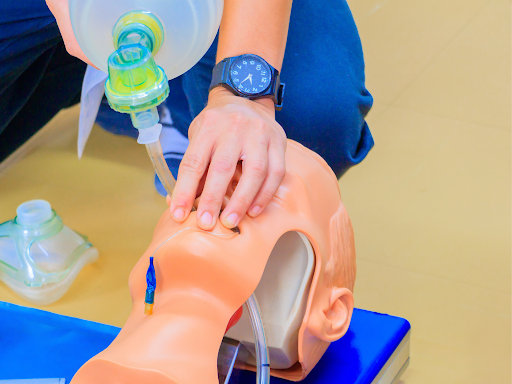
Now that you have a realistic understanding of the challenge of getting your EMT certification, we want to equip you with the best possible tools for success …
Take It Seriously And Learn To Say “No”
Let me impress this upon you most ardently: EMT school is a priority commitment that needs to be taken seriously right from the start, or else you will quickly become overwhelmed by the intensity of the training and the amount of information you need to learn and memorize.
Real quick, you’re going to have to learn to say “no” to social events when you haven’t kept up with your work. And if you have other commitments, like family or a job, you’ll have to learn to manage your time effectively.
In the end, it’ll be worth it!
Be Comfortable With Change
One of the most exciting things about being an emergency medical responder is that every day “in the office” is different. If you find that prospect exciting, you’ve picked the perfect career. However, it does mean you have to be quick on your toes, comfortable with change, and constantly prepared to shoot for shifting goalposts.
EMT school will attempt to prepare you for the kind of change you’ll encounter in the field. And the students who embrace the changes will do well.
Respect Authority And Follow The Rules

An emergency medical responder team is a well-oiled machine (with respect and communication being the “oil” in that equation). What this means is that there is absolutely no room in EMT school (or a career) for people with “authority problems”.
Sure, if an authority is treating you with disrespect, you should take it up with the appropriate channels, but rebelling against authority because you think it’s cute to be a rebel (or because you hate to be told what to do) will deny you opportunities to learn and grow. Moreover, it’ll make you unlikable.
Don’t be that guy.
Follow the rules and respect authority. In the realm of EMT, rules are good. Rules save lives. So get on board during EMT school and you’ll develop habits that will serve you throughout your career.
P.S. This advice includes being on time. It doesn’t matter how fashionable it is to show up late where you’re from, but in EMT training, being on time speaks volumes about your commitment to the program and your respect for your instructors.
Use Digital Flashcards To Memorize The Facts
One of the first things you’ll notice about EMT school is that it'll feel like someone is leveling a fire hose of information at your brain. And with your training progressing with the alacrity and overwhelming force of a tsunami, you’ll need to figure out a way to stay current with the information, rather than trying to cram it all right at the end of the course.
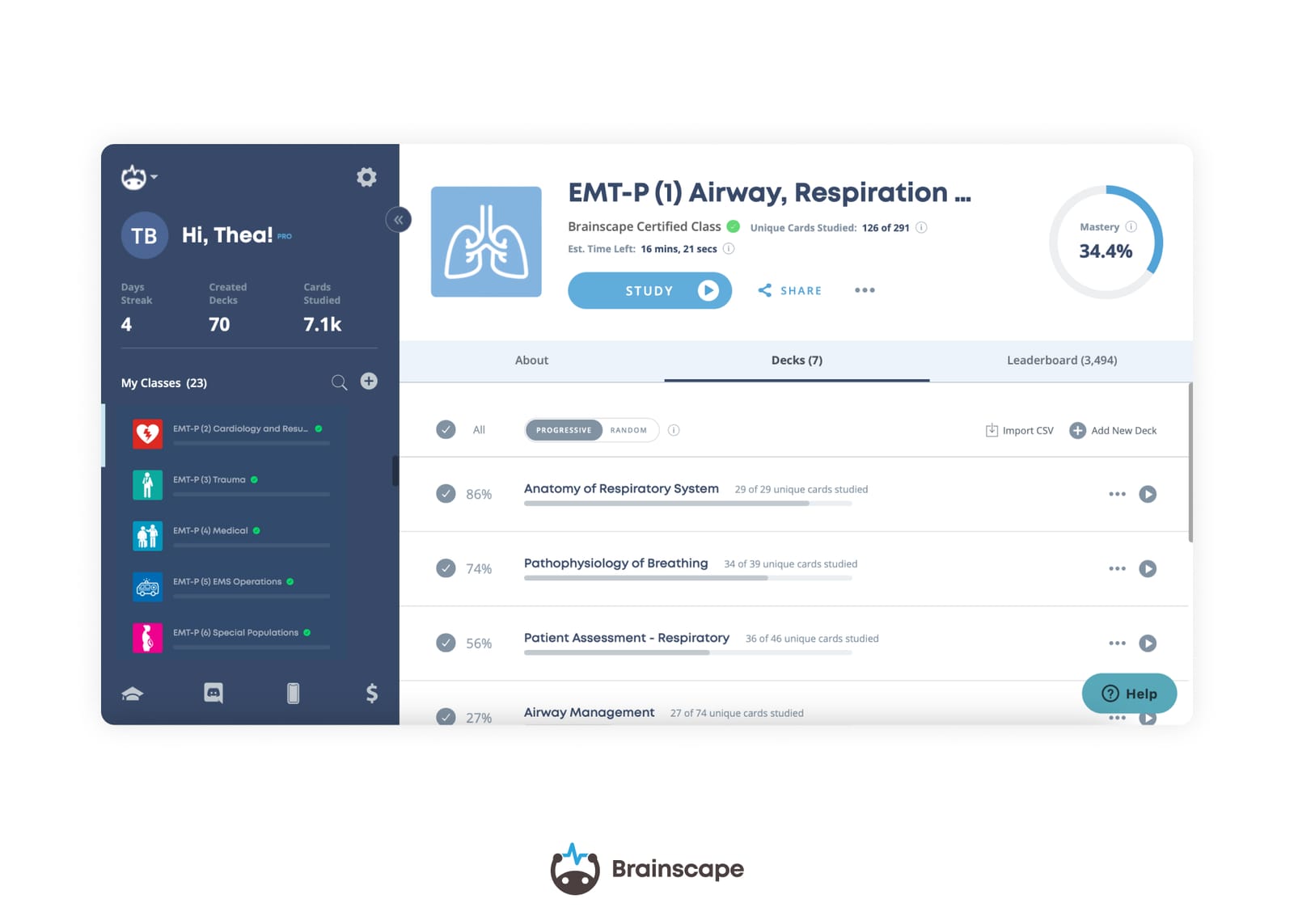
The very best way to do this is to use digital flashcard apps like Mochi or Brainscape. They help you absorb and retain the large amount of medical facts, vocabulary, and procedures you’ll need at your fingertips, and they help you do it quickly. Here are some of the techniques they use to supercharge your learning speed:
Active recall: Instead of rereading notes or skimming through a guide, flashcards force you to come up with the answer from memory. That process of retrieval strengthens your brain’s connections and sharpens your ability to recall information quickly. You'll need that skill to pass your exams, but more importantly, you'll really need that in the field.
Spaced repetition: Knowledge doesn’t stick unless you revisit it. Reviewing material at planned intervals helps refresh your memory just as it’s starting to fade. It’s the same idea as practicing a skill repeatedly: running through CPR or airway management once won’t make it second nature, but steady repetition will. Educational research has shown that this method leads to faster, longer-lasting learning.
Digital flashcard apps such as Quizlet or Brainscape make this effortless by managing the review schedule automatically. Harder questions appear more often, while easier ones gradually phase out. This ensures that you’re always focusing on the concepts that need the most attention, cementing knowledge for long-term use. This adaptive process is proven to improve learning speed for medical students.
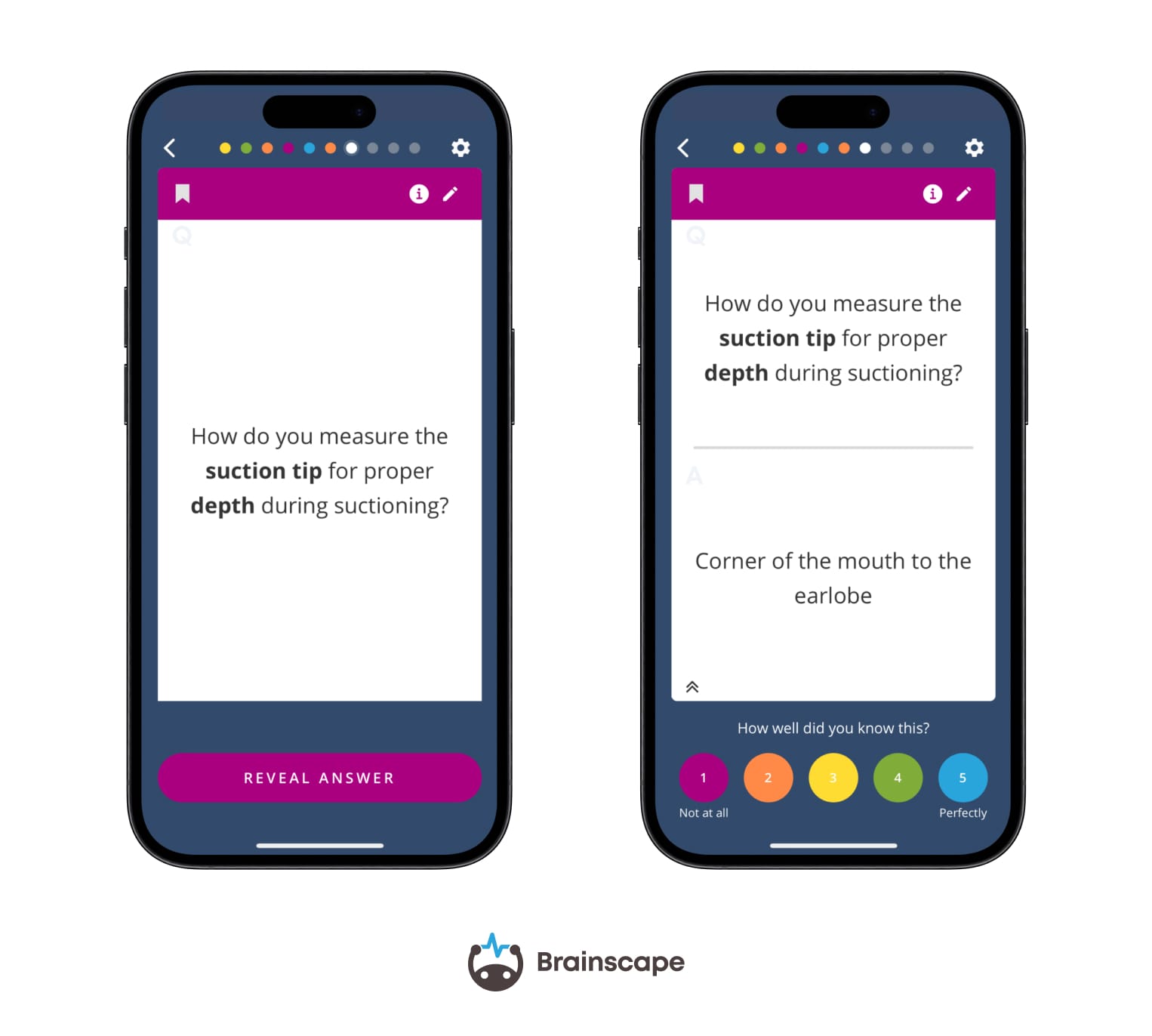
Metacognition: After answering a card, you rate how well you knew it. This reflection helps you identify strong areas and weak spots so your study time is used strategically. The act of judging your own performance also deepens memory, making it more likely that you’ll remember the material later.
Finally, digital flashcards are easy to fit into a busy EMT schedule. You can flip through them while commuting, waiting for class to start, or grabbing a quick break on shift. Those short study bursts add up, turning spare moments into steady progress toward exam readiness.
Pro Tip: Just study flashcards 20 to 30 minutes a day, wherever you go (even in those free five-minute snatches of time you have between commitments) to drill yourself on the important content. And then enjoy watching as the mastery-o-meter ticks upwards!
Practice The Skills Perfectly (And Often)
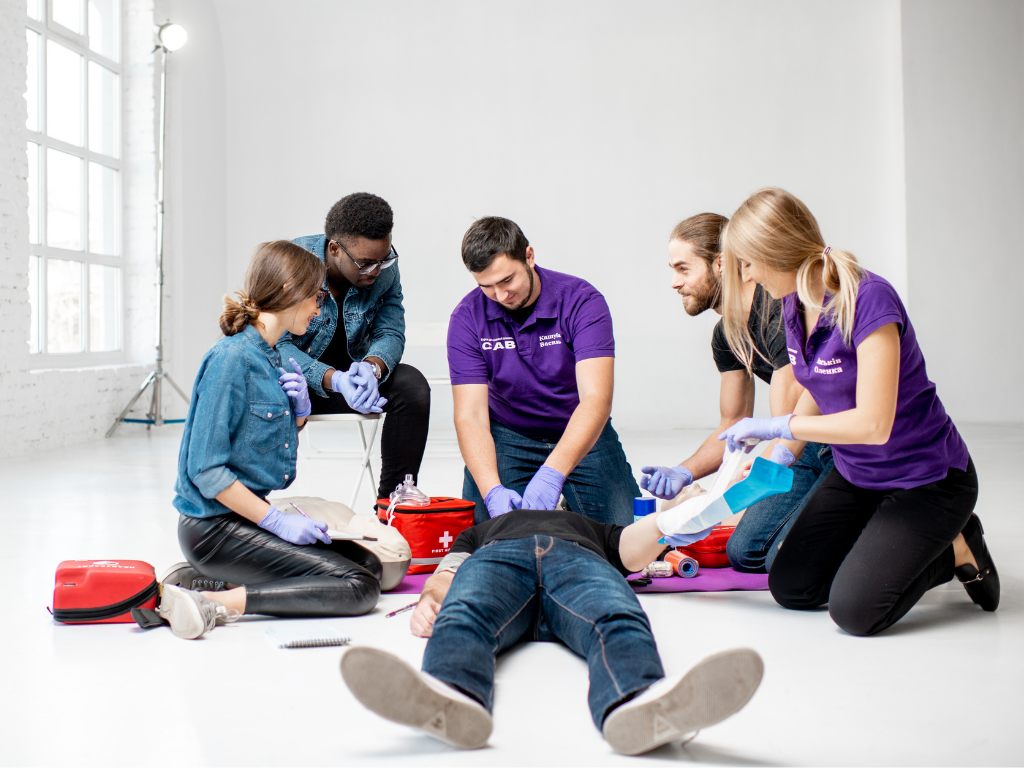
As an EMT, your content knowledge will serve you profoundly in the field. Equally as important, however, will be your emergency care skills, from bag-valve-mask ventilation and oxygen administration to the assessment and management of patients presenting with a spectrum of maladies.
As such, it’ll be super important for you to deeply understand what you need to do, step-by-step, in specific circumstances, and then how to execute those steps swiftly, decisively, and seamlessly. This takes practice.
So practice perfectly, taking time to get it right, and then practice perfectly again and again. Even when the maneuvers are muscle memory, it’ll be good to practice every now and then so that you don’t lose your touch.
Work On Your “People Skills”
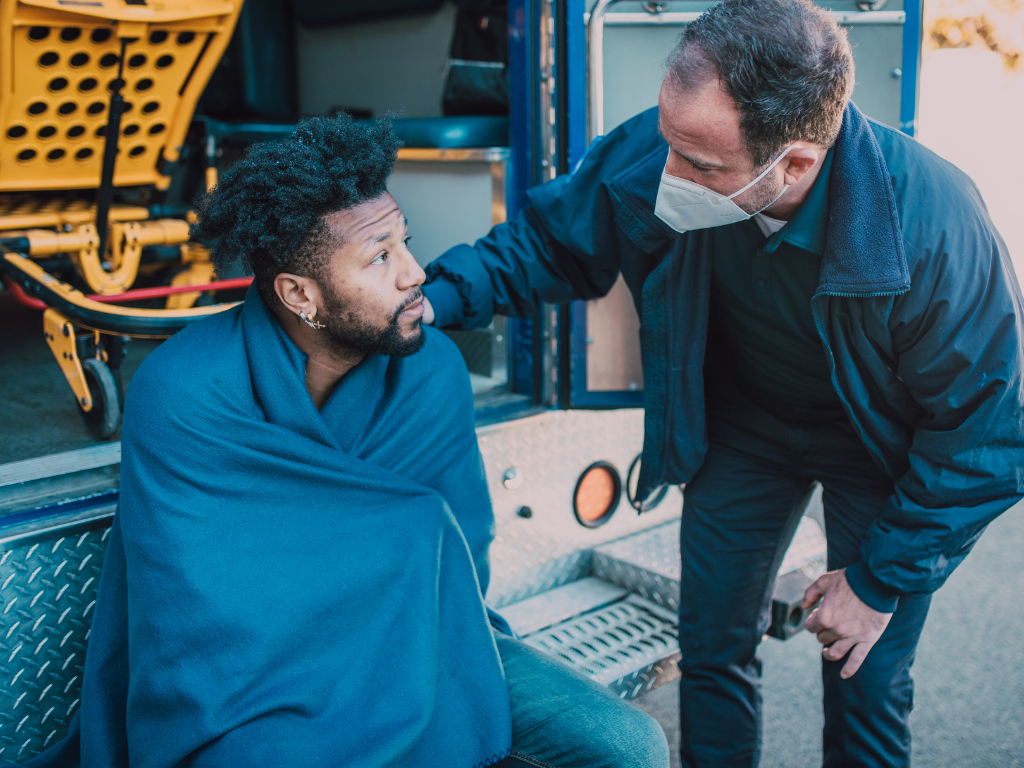
As I mentioned earlier, an emergency medical responder team is a well-oiled machine with everyone relying on each other for quick communication and support. In other words, there’s no such thing as a “lone wolf” EMT. You need your teammates out there, and your patients need you all to work together as a team.
So, if you’re a little socially anxious or uncomfortable, use EMT school as a valuable opportunity to work on your interpersonal skills. Try to combat your shyness by asking the instructor questions, getting to know your classmates, and even spending a little time with them afterward. Networking can also be valuable for finding jobs after EMT training.
Also, you’ll need to become comfortable with patients who are distressed, in pain, and scared. Being compassionate can go a long way in helping them calm down, which will help you do your job better.
A Final Note On What To Expect From EMT School
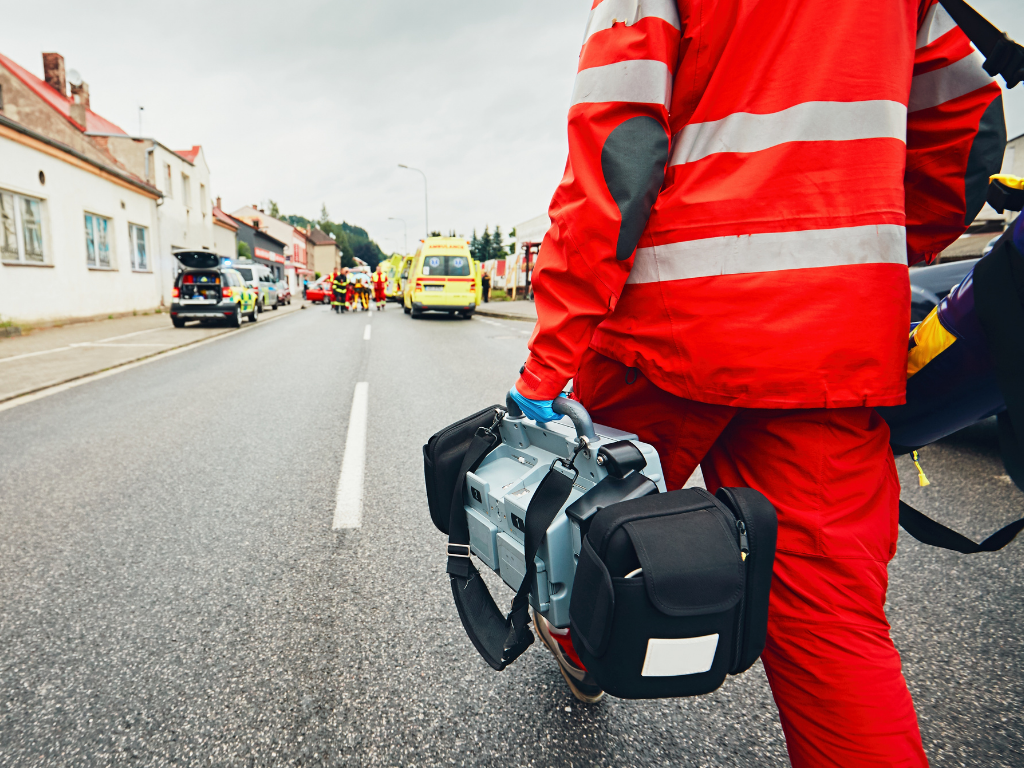
Your adventure to becoming an emergency medical responder starts at EMT school, and we’re so excited to see you embark upon your education! Armed with the advice we’ve given you in this guide, as well as Brainscape’s other awesome tools and resources (below), we wish you all the very best on your bold endeavor. The world needs more of you!
Additional Reading
- How to get your EMT training done more efficiently
- Paramedic vs EMT: What's the difference?
- EMT Jobs: how to get one and be successful
References
Kang, S. H. (2016). Spaced repetition promotes efficient and effective learning. Policy Insights from the Behavioral and Brain Sciences, 3(1), 12–19. https://doi.org/10.1177/2372732215624708
Kerfoot, B. P. (2010). Adaptive spaced education improves learning efficiency: A randomized controlled trial. Journal of Urology, 183(2), 678–681. https://doi.org/10.1016/j.juro.2009.10.005
National Registry of Emergency Medical technicians. National Registry of Emergency Medical Technicians. (n.d.). https://www.nremt.org/
Sadler, P., & Good, E. (2006). The impact of self- and peer-grading on student learning. Educational Assessment, 11(1), 1–31. https://doi.org/10.1207/s15326977ea1101_1
Xu, J., Wu, A., Filip, C., Patel, Z., Bernstein, S. R., Tanveer, R., Syed, H., & Kotroczo, T. (2024). Active recall strategies associated with academic achievement in Young Adults: A systematic review. Journal of Affective Disorders, 354, 191–198. https://doi.org/10.1016/j.jad.2024.03.010
